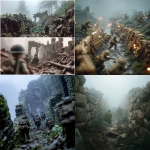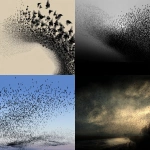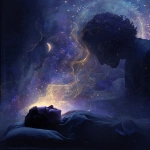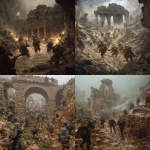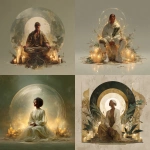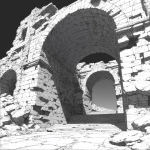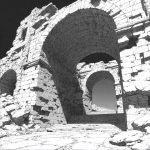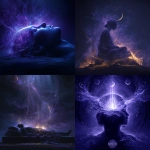Explore the Best AI Image Gallery
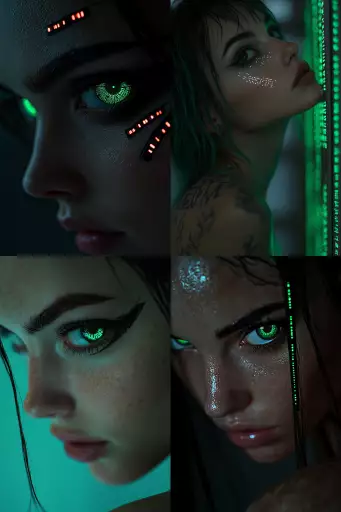
Quantum Creativity: A New Frontier for Artists and Designers
The realm of creativity is on the cusp of a radical transformation. Quantum computing, with its unparalleled processing power, promises to reshape artistic expression, design workflows, and the very nature of creative collaboration.
Unleashing the Potential: Quantum Computing in Art
Imagine AI algorithms powered by quantum computers capable of generating original artwork, symphonies, or even entire films. This isnt science fiction; its a tantalizing possibility within reach. Quantum computers can analyze vast datasets of artistic styles, trends, and historical masterpieces to create novel and potentially groundbreaking works.
- Generative Art: Quantum algorithms could push the boundaries of generative art, producing intricate patterns, complex sculptures, and immersive virtual realities that transcend human limitations.
- Personalized Experiences: Imagine AI-powered quantum systems crafting unique artworks tailored to individual preferences, emotions, or even DNA profiles, ushering in an era of truly personalized creative experiences.
Quantum Design: Reimagining the Creative Process
Beyond art, quantum computing has the potential to revolutionize design across various industries. From fashion and architecture to product development and user interface design, quantum algorithms can:
- Optimize Designs: Quantum computers can analyze complex design parameters and constraints, leading to innovative solutions that are both aesthetically pleasing and functionally efficient.
- Accelerate Prototyping: By simulating real-world conditions with unprecedented accuracy, quantum computing can drastically reduce the time and resources required for product prototyping and development.
Ethical Considerations: Navigating Uncharted Territory
As we delve into the realm of quantum creativity, its crucial to address the ethical implications that arise.
- Ownership and Authorship: When AI systems powered by quantum computers create art or designs, who owns the copyright? How do we define authorship in a world where machines contribute to creative output?
- Bias and Representation: Quantum algorithms are trained on vast datasets, which can contain inherent biases that reflect societal inequalities. Its essential to ensure that quantum-powered creative tools promote inclusivity and diversity.
Future Trends: The Quantum Creative Revolution
The future of creativity is intertwined with the advancements in quantum computing.
- Hybrid Creativity: Well see a convergence of human and artificial intelligence, with artists and designers collaborating with quantum-powered tools to push the boundaries of imagination.
- Quantum Immersive Experiences: Quantum computing will enable the creation of highly immersive and interactive virtual worlds, blurring the lines between reality and fantasy.
Conclusion
Quantum creativity is a paradigm shift that promises to redefine the creative landscape. While there are ethical considerations to navigate, the potential benefits are immense. As quantum technology continues to evolve, we can expect to witness groundbreaking artistic expressions, innovative designs, and entirely new forms of creative collaboration.
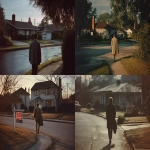
](https://images.ai-img.art/thumbnails/150/09ccae5e68e2b6da6b5da87ef69f7eb09e80c99ca39ba886c5c3773cbb3b89ba.webp)
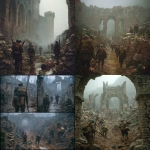

](https://images.ai-img.art/thumbnails/150/c48401bc3fad7ff7f2dbd37b894d3f53cb42d5072dfacb8bfdcdeeef28a29b04.webp)
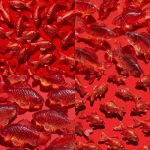



](https://images.ai-img.art/thumbnails/150/c2241c1eabdcb7b9a98be19a7e8d850b6cffe0e0c91c1ccda8dd807e2a96b187.webp)
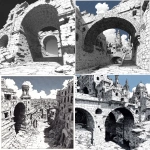
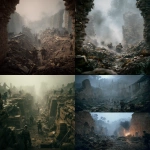


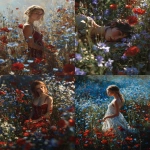









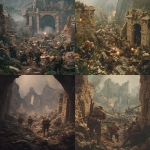
](https://images.ai-img.art/thumbnails/150/47d44e177f427ea6b32f96ea225db96c5158850a0cf01d1bad93e45dd4594430.webp)
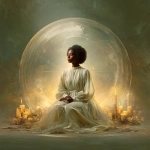
](https://images.ai-img.art/thumbnails/150/44b76c49c47b4c47f13eac7883c63827d3f89aa77fe64ce0cbecb9d3ce434499.webp)





